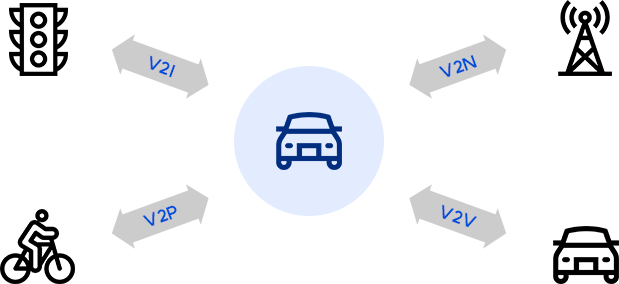고정밀 GNSS 기술
고정밀 GNSS GPS, GLONASS, Galileo, BeiDou 기술은 듀얼 패치 안테나 기술에 실시간 이동측위기술 RTK: Real Time Kinematic 을 접목하여 1 센티미터에서 수 센티미터의 위치 정확도를 구현하는 기술입니다. 구성 요소, 구성 옵션 또는 보정 데이터 입력에 따라 몇 초에서 몇 분 안에 수 센티미터의 위치 정확도를 제공합니다.
고정밀 GNSS 수신기는 자율주행(V2X), 무인항공(UAV), 배달로봇, 무인 농기계 등 다양한 분야에 사용되고 있습니다. 일 예로 건설현장에 사용되고 있는 타워크레인의 경우 타워크레인의 안전거리를 측정하여 충돌을 미연에 방지할 수 있는 안전시스템이 요구되고 있으며, 고정밀 GNSS 수신기는 타워크레인에 설치되어 타워크레인의 정확한 위치를 모니터링 합니다. 당사의 고정밀 GNSS 수신기의 경우 유블럭스 사에서 공급하는 ZED-F9P 모듈을 채택하여 다양한 고정밀 GNSS 응용 분야에 적용될 수 있게 설계되었습니다.
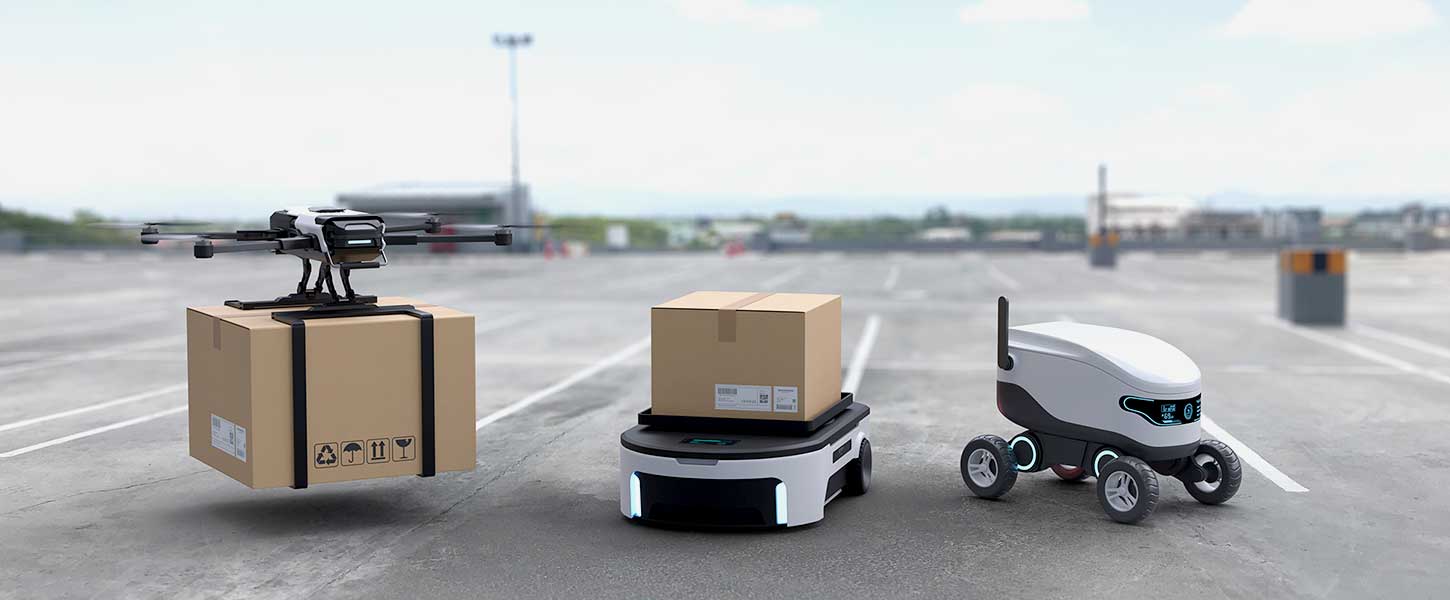
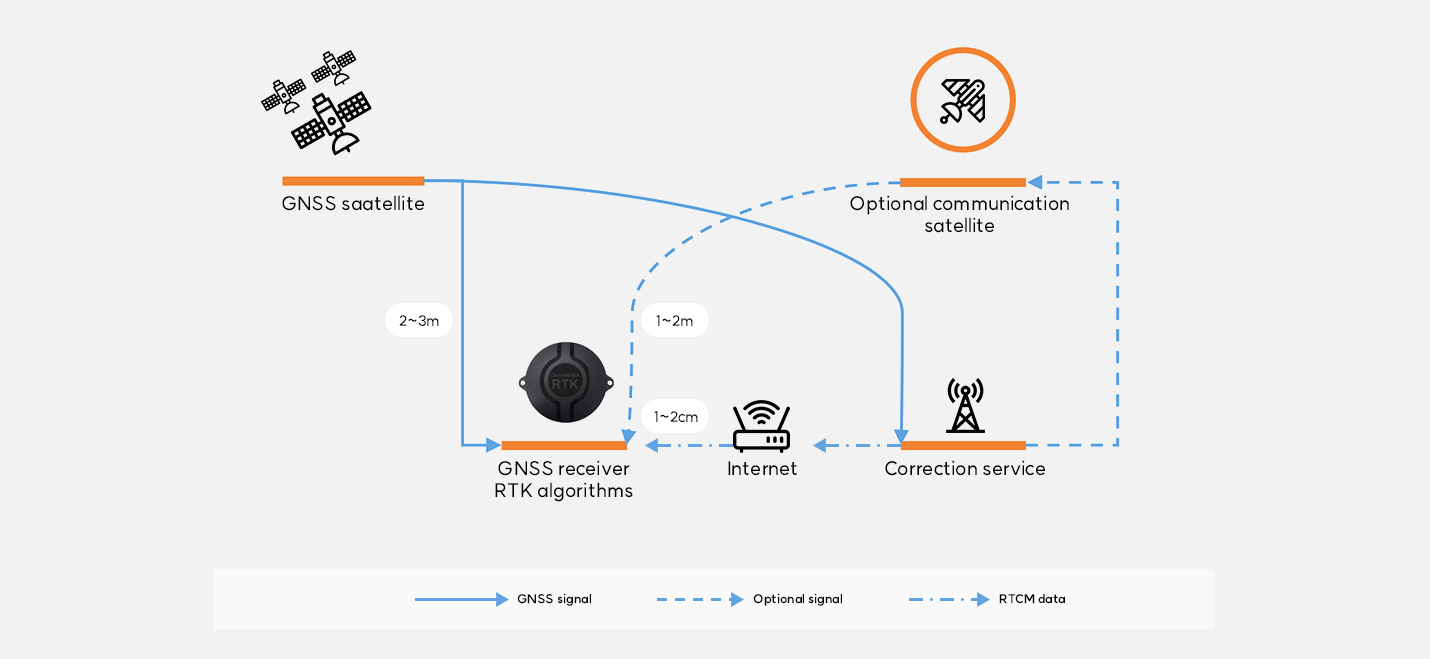
센티미터에서 서브미터까지 고정밀 GNSS 솔루션
고정밀 GNSS 수신기는 다중 주파수(L1, L2, L5) 대역에서 다중 위성을 사용함으로써, 보다 빠르고 정확하게 GNSS 신호를 수신할 수 있습니다. UEF9P03 고정밀 GNSS 수신기의 위성 별 주파수는 L1C/A(GPS/QZSS: 1575.420MHz), L1OF(GLONASS: 1602MHz + k*562.5kHz, k=-7,….,6), E1-B/C(Galileo: 1575.420MHz), B1l(BeiDou: 1561.098MHz), L2C(GPS/QZSS: 1227.600MHz), L2OF(GLONASS: 1246MHz + k*437.5kHz, k=-7,….,6), E5b(Galileo: 1207.140MHz), B2l(BeiDou: 1207.140MHz) 입니다.
UEF9PL15 고정밀 GNSS 수신기는 UEF9P03 고정밀 GNSS 수신기에서 사용하던 L2 대역 대신에 L5 대역을 사용하며 위성 별 주파수는 L5(GPS/QZSS: 1176.450MHz), E5a(Galileo: 1176.450MHz), B2a(BeiDou: 1176.450MHz), SPS-L5(NavIC: 1176.450MHz) 입니다.
고정밀 GNSS 수신기에서 수신하는 위성시스템은 미국의 GPS Global Positioning System , 유럽의 Galileo, 러시아의 GLONASS Global Navigation Satellite System , 중국의 BeiDou BDS: BeiDou Navigation Satellite System , 일본의 QZSS Quasi-Zenith Satellite System , 그리고 인도의 NavIC Navigation with Indian Constellation 이 있습니다.
RTK 기술은 기준국(base)과 이동국(rover)의 개념을 도입한 것으로 기준국은 통신 링크를 통해 연속 차동 보정 데이터(RTCM 3.3 프로토콜)를 이동국에 전송합니다. 이를 통해 이동국은 기준국에 대한 상대적인 위치를 높은 정확도로 계산할 수 있게 되며, 기준국과 이동국 사이의 벡터(또는 상대 위치)를 기준선이라고 합니다.
표준 RTK 모드에서는 기준국이 특정 위치에 고정되어 있는 반면, 이동 RTK 모드에서는 기준국과 이동국 수신기가 모두 이동할 수 있습니다. 후자의 경우 두 이동 차량 간의 상대적 위치를 나타내는 오프 셋이 필요한 애플리케이션에 사용되며, 무인항공기(UAV)의 팔로우미 모드에 적용 가능합니다.
또한 이동 RTK 모드는 동일한 차량 플랫폼에 두 개 또는 세 개의 GNSS 수신기를 탑재하여 각각의 상대적 위치를 고정함으로써 차량의 방향을 유도할 수 있습니다. X축에 두 개의 안테나를 장착하면 선수 방향(heading)과 X축 회전(roll) 정보를 파악할 수 있고, 세 개의 안테나를 장착하면 선수 방향, X축 회전, Y축 회전(pitch) 정보를 얻을 수 있으며 이를 통해 차량의 위치를 정확히 파악할 수 있습니다.
이동국의 절대위치정보가 고정밀로 필요한 경우 기준국에 보정 데이터를 제공할 수 있으며, 기준국이 RTK 고정 모드로 전환되어 결과적으로 절대 위치 정확도가 향상됩니다. 보정 신호가 없을 경우 표준 3D 고정 위치 정확도를 갖습니다.
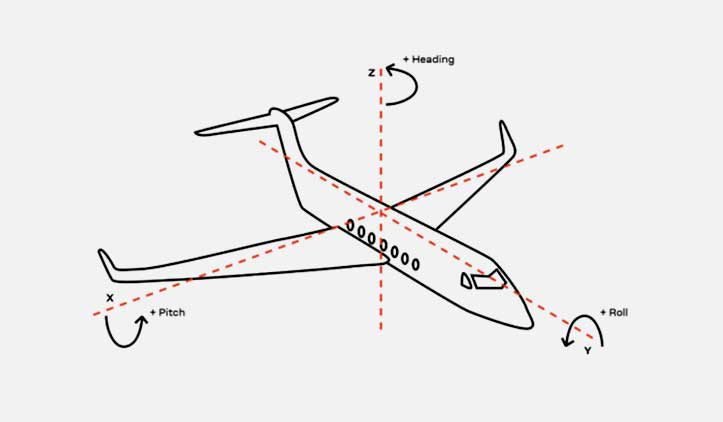

임베디드 컴퓨팅 기술
이 기술은 ARMv8-A 아키텍처를 기반으로 하는 Cortex-A53 옥타코어를 사용합니다. 1080p 비디오 인코딩 및 디코딩, 3D 그래픽 디스플레이, Full HD 디스플레이의 고해상도 이미지 신호 처리 등 트래픽
이 많은 작업을 위해 6.4GB/s의 메모리 대역폭을 지원합니다.
임베디드 터치 시스템은 TFT LCD, 터치 패널 및 ARM 제어 보드로 구성됩니다. 산업용 애플리케이션, 특히 의료 장비의 메인 제어 장치용으로 설계되었습니다.

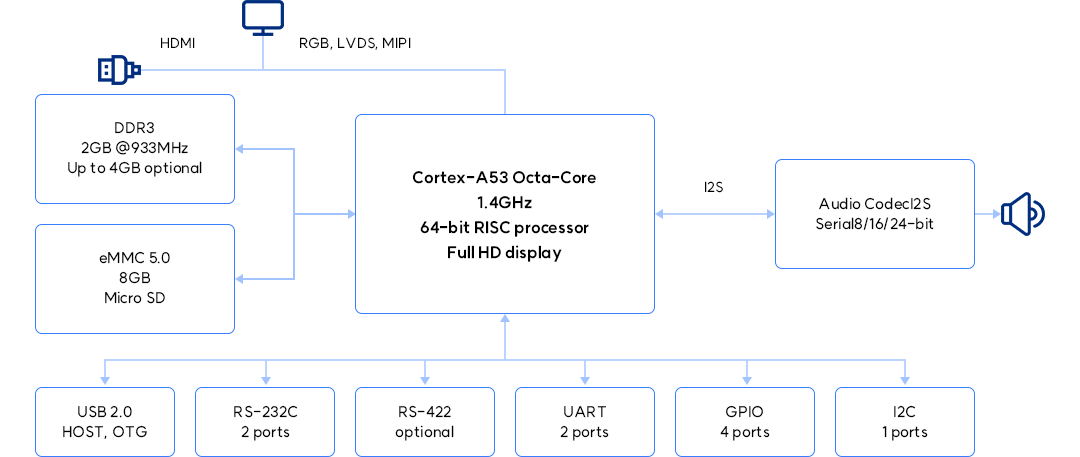
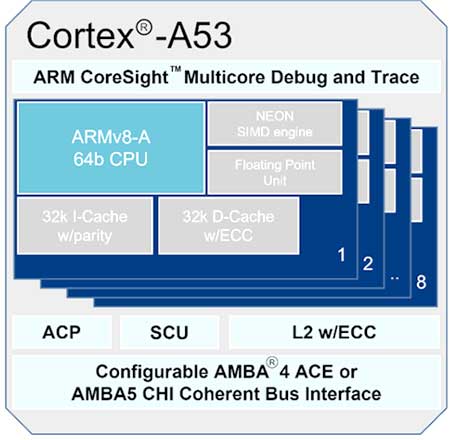
S5P6818은 1080p 비디오 인코딩 및 디코딩, 3D 그래픽 디스플레이, Full HD 고해상도 이미지 신호처리와 같은 극심한 트래픽 상황에 대처하기 위해 6.4GB/s 메모리 대역폭을 지원합니다.
S5P6818은 OpenGL ES1.1, 2.0과 같은 광범위한 APi로 최고의 3D 그래픽 성능을 제공하며, 우수한 3D 성능은 완벽한 Full HD를 지원 합니다. 특히 기본 듀얼 디스플레이는 메인 디스플레이의 Full HD 해 상도와 HDMI를 통한 1080p 60 프레임 HDTV 디스플레이를 동시에 지원합니다. 별도의 후처리 파이프라인을 통해 S5P6818은 실제 디스플레이 시나리오를 만들 수 있습니다.
XM 시리즈는 의료용 어플리케이션에 적합하게 설계되었으며, 운영체제로는 오픈소스인 리눅스 4.4.8 커널을 사용하며, UI 프로그램으로는 Qt 오픈소스 5.6 버전을 지원합니다.
RF 및 마이크로파 기술
안테나는 신호 송수신을 담당하는 요소로 무선 통신 시스템의 필수 구성 요소입니다. 400MHz~6GHz 주파수 범위의 모든 유형의 패시브 안테나 기술을 보유하고 있으며, OTA 및 패시브 안테나 테스트를 위한 무선 무반향 챔버를 갖추고 있습니다.
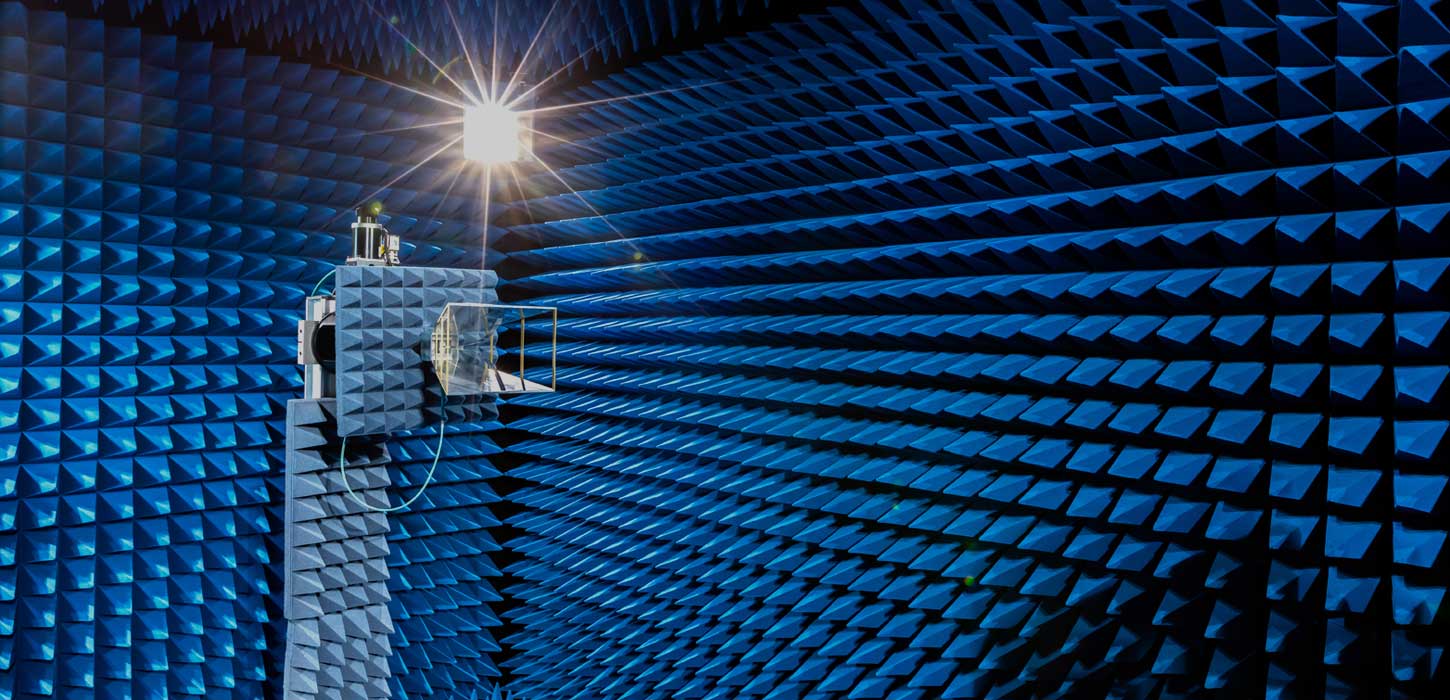
네트워크 커넥티비티는 자동차, 모빌리티, 운송 산업에서 가장 중요한 트렌드로 빠르게 발전하고 있습니다. 오늘날 많은 자동차는 무선 통신을 통해 웹에서 정보를 수집할 수 있으며 차량과 차량(V2V), 차 량과 인프라(V2I), 차량과 보행자(V2P), 차량과 네트워크(V2N)가 연결되는 기술을 요구하고 있습니다. V2X는 Vehicle to Everything의 약자로, 차량 주변의 모든 사물과 통신할 수 있는 기술을 의미하며 GNSS 기술, LTE 기술, 5G 기술 등 모든 통신 기술을 필요로 합니다. V2X의 적절한 처리를 위해서는 모든 사물의 정확한 위치 정보와 시간 정보가 필요하며, 이를 통해 사물의 다음 위치를 예측할 수 있습니다. 자율주행 분야에서는 카메라, 라이다(LiDAR), 레이더, GNSS 그리고 V2X 기술이 요구되며, 그 중 GNSS와 V2X는 무선 환경에서 작동하며 다양한 주파수 대역에서 다른 형태의 RF 안테나를 필요로 합니 다.
- 4G 대역: 824~894MHz, 1710~1880MHz, 1920~2170MHz, 2500~2690MHz
- 5G 대역: 3400~3700MHz, 5850~5925MHz
- GNSS 대역: 1559~1610MHz(L1), 1197~1254MHz(L2), 1164~1188MHz(L5)
GNSS 안테나를 통해 위치와 시간 정보를 수집하고, 수집된 정보를 이용하여 사물의 위치, 진행 방향 및 속도를 계산할 수 있습니다. 4G 및 5G 통신 기술을 이용하여 서로의 정보를 교환하며, 원활한 교통 흐름을 구현할 수 있습니다.
